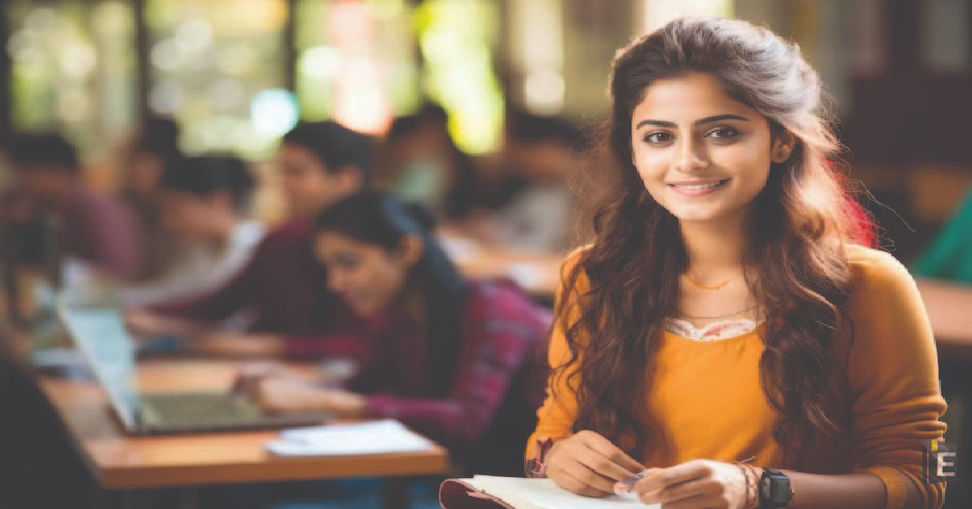GK Polity Questions for Competitive Exams

Who is the Highest Law Officer in India?
(A) Attorney General
(B) Advocate General
(C) Solicitor General
(D) Secretary General Law Department
Correct Answer : A
Explanation :
Attorney General is the highest law officer in India. Article 76 of the Indian Constitution under its Part-V deals with the position of Attorney General of India.
How does the Constitution of India describe India as?
(A) A federation of States and Union Territories
(B) A Union of States
(C) Bharat varsh
(D) A federated nation
Correct Answer : B
Explanation :
The Constitution of India describes India as the Union of States. It is because our Constitution delegates powers to both Centre as well as State, yet more power lies with the Centre. After independence, India, as it is now, was formed by the decision of the princely states, who decided to join India.
A money bill passed by the Lok Sabha is deemed to have been passed by the Rajya Sabha also when no action is taken by the Upper House within
(A) 10 days
(B) 14 days
(C) 20 days
(D) 30 days
Correct Answer : B
Explanation :
A money bill passed by the Lok Sabha is deemed to have been passed by the Rajya Sabha also when no action is taken by the Upper House within 14 days.
So, the correct answer is:
(B) 14 days.
Which of the following exercised the most profound influence in framing the Indian Constitution?
(A) British Constitution
(B) US Constitution
(C) Irish Constitution
(D) The Government of India Act, 1935
Correct Answer : D
Explanation :
The Government of India Act, 1935 exercised the most profound influence in framing the Indian Constitution. The Constituent Assembly, which was tasked with drafting the Indian Constitution, drew extensively from various sources, including the Government of India Act, 1935, as it provided a framework for federalism, provincial autonomy, and other constitutional principles.
In case of a disagreement between the two Houses of Parliament over a non-money bill
(A) the bill will lapse
(B) the President may sign it into a law
(C) the President may call a joint sitting of both the Houses to consider it
(D) the President may ask both the Houses to reconsider it.
Correct Answer : C
Explanation :
in case of a disagreement between the two Houses of Parliament over a non-money bill, the President may call a joint sitting of both the Houses to consider it.
So, the correct answer is:
(C) the President may call a joint sitting of both the Houses to consider it.
A federal structure for India was first put forward by the :
(A) Act of 1909
(B) Act of 1919
(C) Act of 1935
(D) Act of 1947
Correct Answer : C
What was the exact constitutional position of the Indian Republic when the Constitution was brought into force with effect from 26th January, 1950?
(A) A Democratic Republic
(B) A Sovereign Democratic Republic
(C) A Sovereign Secular Democratic Republic
(D) A Sovereign Secular Socialist Democratic Republic
Correct Answer : B
Explanation :
Who among the following are not appointed by the President of India?
(A) Governors of States
(B) Chief Justice and Judges of High Court
(C) Vice - President
(D) Chief Justice and Judges of Supreme Court
Correct Answer : C
Explanation :
The Vice-President of India is not appointed by the President of India. The Vice-President is elected by an electoral college consisting of the members of both Houses of Parliament.
So, the correct answer is:
(C) Vice-President
The Lok Sabha consists of:
(A) 550 members, out of which 530 are from states, 18 from Union Territories and 2 nominated from Anglo-Indian community .
(B) 552 members, out of which 530 are from states, 20 from Union Territories and 2 nominated from Anglo - Indian community .
(C) 250 members , out of which 238 are elected members and 12 nominated by President.
(D) 255 members, out of which 240 are elected members and 15 nominated by President.
Correct Answer : B
Explanation :
The Lok Sabha is composed of representatives of people chosen by direct election on the basis of Universal Adult Suffrage. The Constitution of India allows for a maximum of 550 members in the House, with 530 members representing the States and 20 representing the Union Territories.
The Bills that cannot be returned by the President to the Parliament for reconsideration are:
(A) Government's Bill and Money Bill
(B) Private members ' Bill and Government ' s Bill
(C) Money Bill and Constitutional Amendment Bill
(D) Ordinary Bill and Money Bill
Correct Answer : C
Explanation :
The Bills that cannot be returned by the President to the Parliament for reconsideration are Money Bills.
So, the correct answer is:
(C) Money Bill and Constitutional Amendment Bill.



